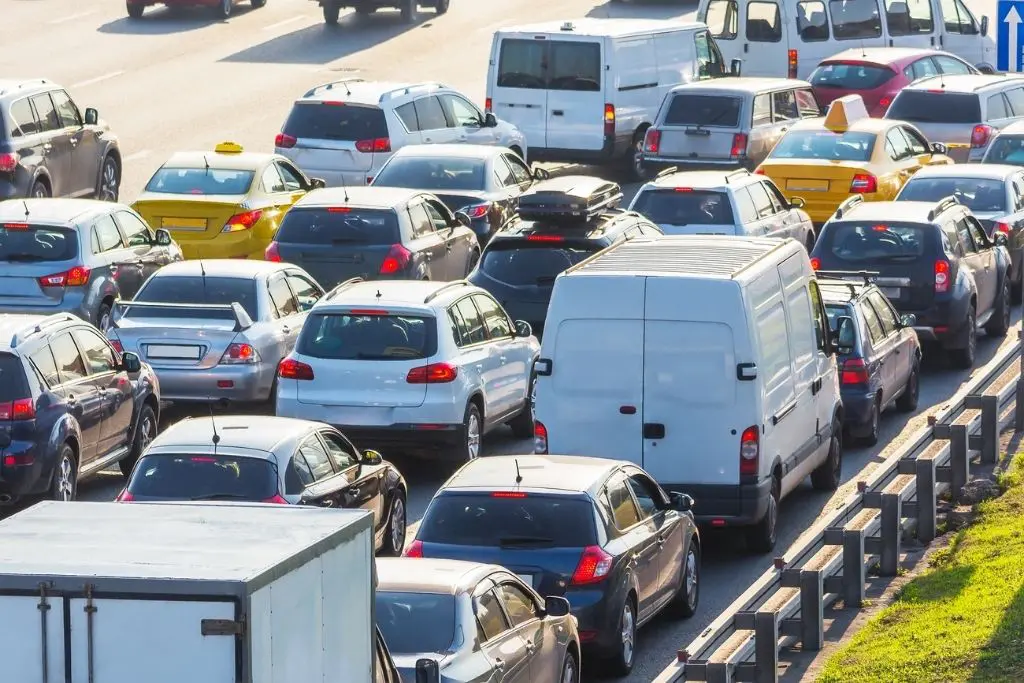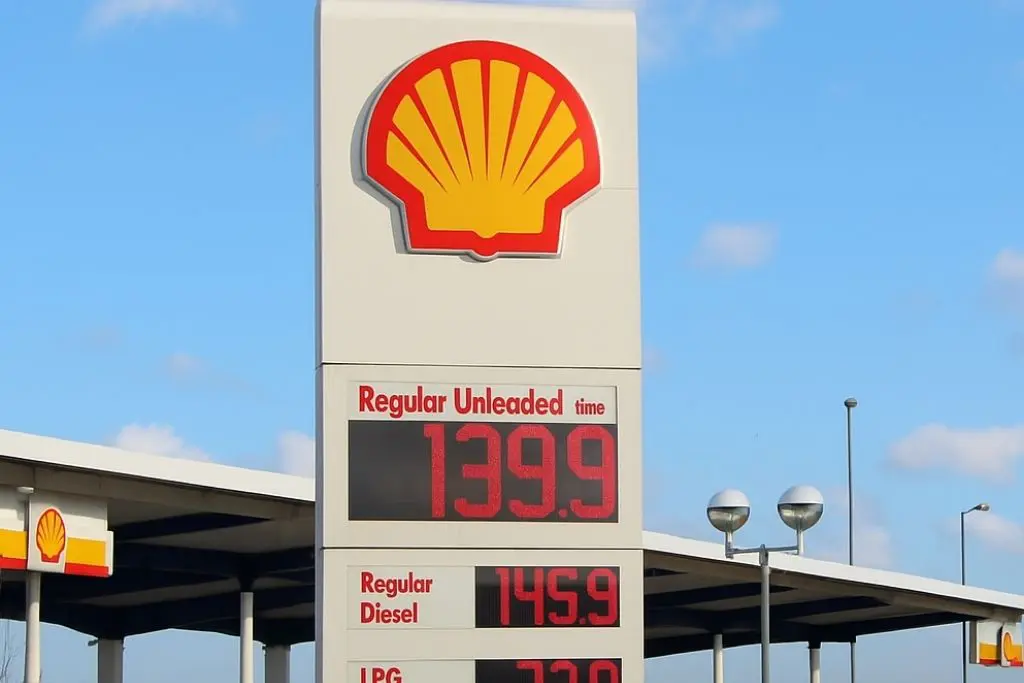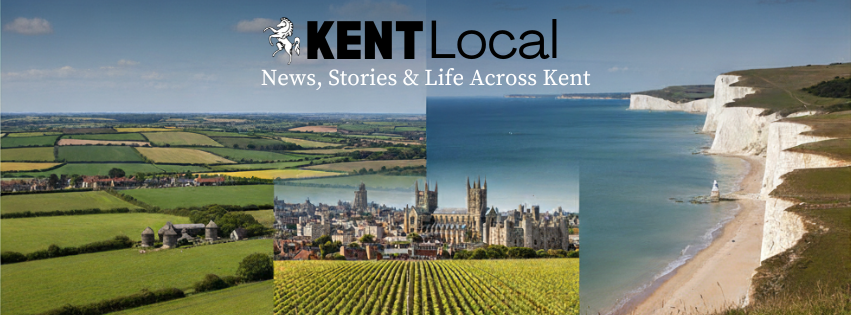Two emergency holding areas have been prepared in Kent to manage passenger traffic, following official fears that the European Union’s new digital border checks could cause severe delays at the Port of Dover and the Channel Tunnel.

Back-Up Sites Chosen to Stop M20 Gridlock
The Government has confirmed that emergency back-up plans are in place to use two specific locations in Kent as temporary waiting areas for cars. This is a measure to cope with major queues expected from the European Union’s new digital border control system, known as the Entry/Exit System (EES).
These new sites are designed to hold tourist traffic safely off the motorways. Their purpose is to stop long lines of vehicles heading for the continent from completely blocking the main roads across the county.
The EES is now being rolled out in stages. It is a major change that will require UK citizens and other non-EU visitors to register their digital information, including a photo and fingerprints, when they enter the EU. Officials and local councils fear this extra step will cause significant delays, especially during the peak summer holiday travel times.
The new waiting areas are specifically for passenger cars, unlike the existing system, Operation Brock, which is mainly for large lorries. The Government has made it clear that they will only pay to use these sites if severe travel chaos forces them to open.
The EES Explained: The Digital Check Problem
The Entry/Exit System (EES) is one of the biggest changes to the border process for UK citizens since Brexit. Before, British travellers going to Europe by ferry or train had their passports quickly stamped. The new system is more detailed and will take longer.
Under the new system, all non-EU travellers must have their digital information recorded when they first enter the EU. This involves a scan of your face and recording your fingerprints. You must also answer several required questions about your trip, such as how long you plan to stay.
For Kent, which holds the UK’s main link roads to Europe – the Port of Dover and the Eurotunnel at Folkestone – this check must happen before people board their services. This is done by French border staff who operate on UK soil. Officials worry that the time needed to check every person in every car will quickly cause queues that flood Kent’s roads.
To prepare, new digital kiosks have been installed at Dover and the Eurotunnel. The Government has given ports and operators £10.5 million to help them get ready for the EES. However, during busy holidays, when millions of tourists travel, even a small delay for each vehicle can quickly result in miles of stopped traffic.
Two Holding Sites Chosen to Protect Roads
To keep the local road network moving and stop Kent from becoming completely gridlocked, officials have secured deals for two specific off-road waiting areas. These sites are strategically placed to manage traffic from the two key routes leading to the ports: the A2 and the M20 motorway.
Lydden Hill Race Circuit Ready for A2 Traffic
An agreement has been successfully reached to use the Lydden Hill Race Circuit. This site, near Dover, is well-placed to handle cars travelling on the A2 road. This route is often used by travellers approaching the Port of Dover from the north and west of Kent. If queues start to build up on the A2, port-bound traffic can be quickly moved into the circuit. This keeps the public road clear until the port is ready to accept more cars.
M20/A20 Location for Main Motorway Flow
The Government is now finalising a deal for a second location along the A20/M20 corridor. This site will manage the main flow of traffic heading towards the Channel Tunnel and Dover Port. Although the exact details of the location are not yet fully public, it is key to dealing with congestion caused by the new EES checks for drivers arriving from London and other parts of the UK.
Transport Minister Keir Mather said the government is focused on keeping things moving. “We’ve given our ports over ten million pounds to help them prepare for the EU’s new Entry/Exit System,” he said. “Our main goal is to keep delays to a minimum for all travellers and hauliers, especially at our busiest border crossings. We will keep working closely with our European partners and local groups to ensure traffic keeps flowing.”
Phased Rollout and Port Requests
The fear of immediate, massive delays has been somewhat lessened because the EU decided to start the EES in stages. At first, EU countries only have to use the system for a small portion of arrivals. This gives everyone time to test the system and get used to the changes. Full operation is set to begin in April next year.
To speed up the process at the border, the Port of Dover has asked the Government to speak to the EU. The Port has requested that the new EES kiosks temporarily remove four detailed questions about the trip. This could reduce the time each traveller spends at the kiosk.
Alex Norris, the Minister for Border Security, confirmed the diplomatic work. “We know that EES checks are a big change for British travellers, and we have worked closely with our European friends to ensure the launch goes as smoothly as possible,” he stated. He added that the new checks help both the UK and the EU meet the shared goal of keeping borders safe.
The Bigger Picture: Improving Kent’s Ability to Cope
These new car holding areas are part of Kent’s larger strategy to better manage travel problems. For years, the county has struggled to cope with long-term problems like ferry strikes, bad weather, and trade issues following the UK’s departure from the EU. This frequently requires the use of Operation Brock.
While Operation Brock mostly uses the M20’s special lanes to queue large lorries, the new sites are a key move towards managing tourist and passenger vehicles. A major benefit is that the new holding areas will be placed off the main roads where possible. This is vital for protecting local people and businesses from being stuck in standstill traffic.
The Government has stressed that the agreements for both Lydden Hill and the M20 site include a clear condition: they will only pay the owners if the sites are actually needed and used to hold traffic. This ensures that public money is spent only when the emergency back-up plans are put into action to protect the county’s transport links.
Local councils and business groups continue to ask for long-term solutions that go beyond temporary plans. While the emergency sites are necessary now, they argue Kent needs permanent infrastructure to avoid becoming the country’s constant overflow car park. The effectiveness of these new holding areas will be closely watched to help guide future decisions on road and border investment.



